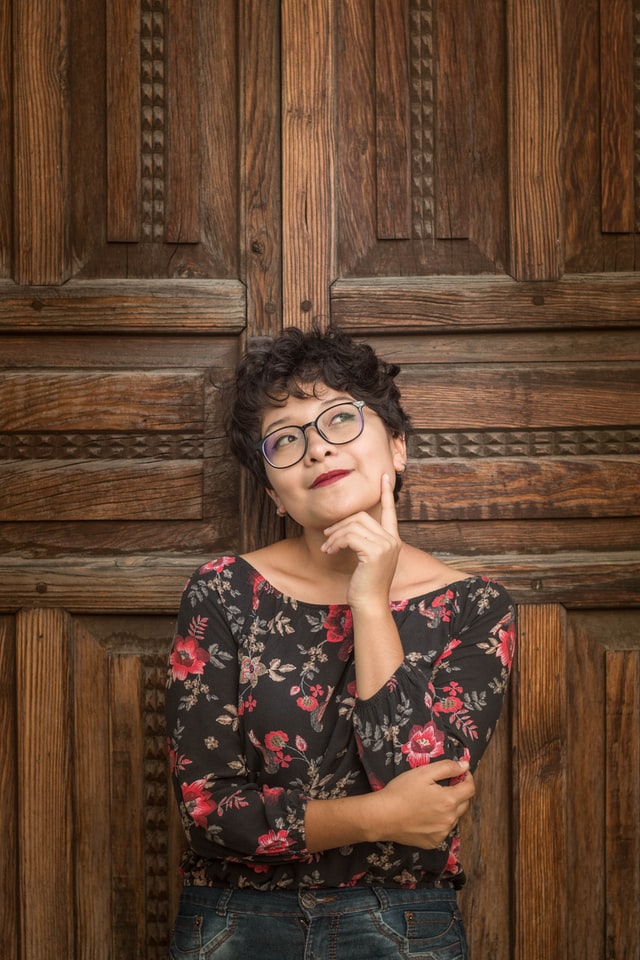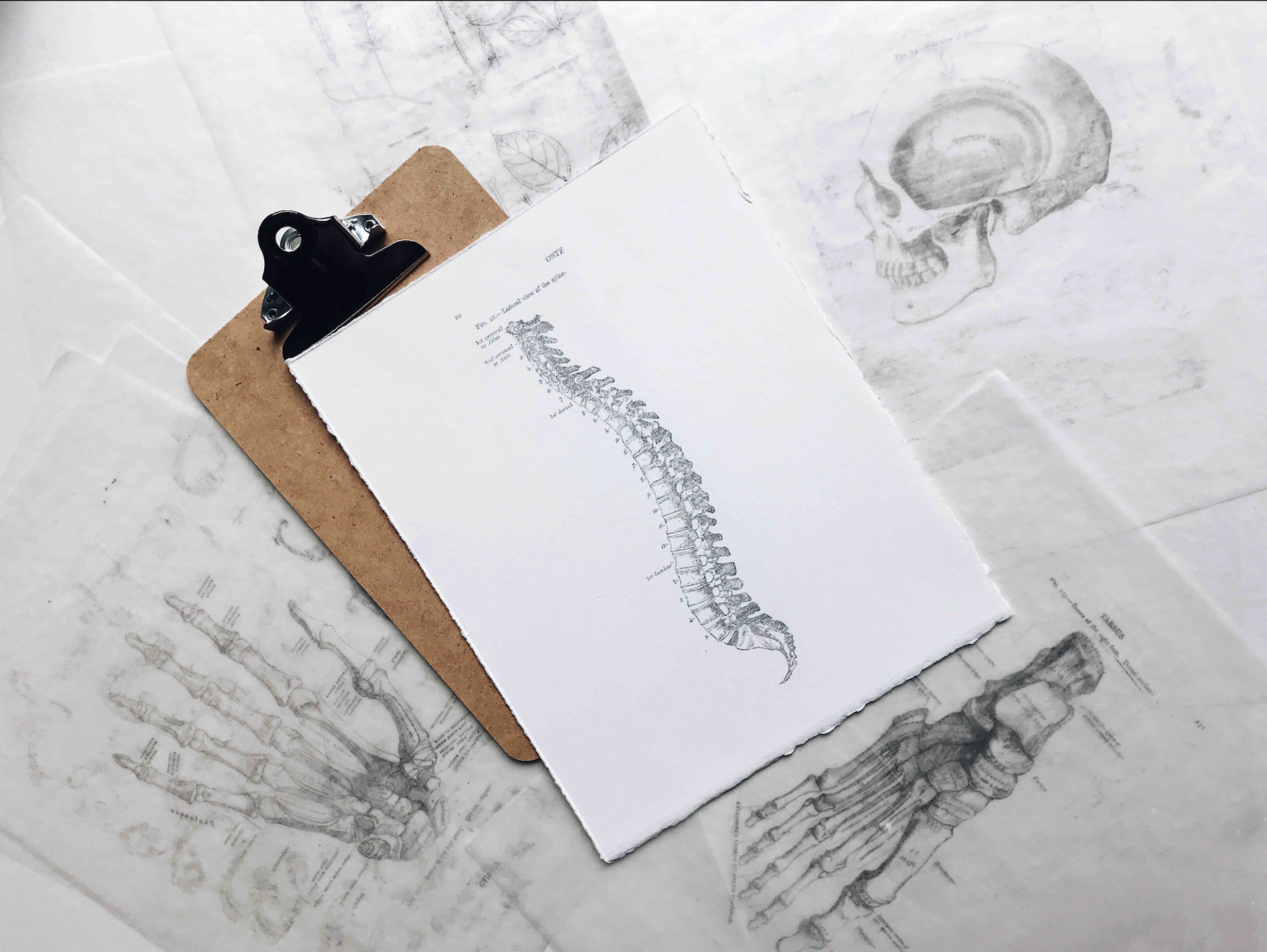 The Feldenkrais Method De-Mystifies Pain.
The Feldenkrais Method De-Mystifies Pain.
Feldenkrais is not yet the first thing people try. But that doesn’t diminish its effectiveness. Named after Moshe Feldenkrais, a Russian-Israeli Physicist and Engineer, the Feldenkrais Technique harnesses the brain’s amazing plasticity for physical improvement.
Who Feldenkrais Helps.
NeuroBodyWorks practices Feldenkrais in Portland, Oregon, helping people with these common conditions overcome limitations and reclaim their active lives.
Musculoskeletal Pain
* Sciatica
* Muscle Tightness / Inflexibility
* Chronic Tension
* Neck and Shoulder tightness
* Low Back Pain
* Poor Posture
* Joint Pain
* Hip Tightness
* Scoliosis
* Frozen Shoulder
* Rotator Cuff Injury
* Repetitive Stress Injury
Chronic Pain
* Pain that persists longer than 3 months.
Acute Pain
* Injuries
* Headaches
Neurological Disorders
* Stroke
* Scoliosis
* Brain Injury
* Developmental Delays
 How Feldenkrais Works.
How Feldenkrais Works.
The Feldenkrais Method moves away from the mechanical model to an information model. From a focus on isolated parts to a focus on the relationship between parts. From stretching and strengthening muscles to slowing down and feeling how to organize them. It’s seeing the body through the lens of the brain.
What to expect.
As you lie, fully clothed, on a low table I’ll use gentle pressure to guide you through a series of movements. Moving slowly while paying attention to what you feel, we’ll uncover the underlying posture habits keeping you stuck. Creating more awareness of what’s actually goin going on is the very first step. From there we’ll create new connections and a more accurate, dynamic map of yourself in your brain. This translates to increased flexibility, range of movement, and accuracy of movement, as you shed habitual tension. You’ll feel specific changes in the first session, and over time re-wire the postural habits that cause pain.
For example, with a frozen shoulder, you’ll be surprised that after making you comfortable, I will begin at the other end of the body. I’ll look at how your legs are organized and get very curious about how you move and use your pelvis, then how your pelvis and low back relate to your rib cage and chest. As the rest of you softens and improves, I’ll slowly work more directly with the shoulder. From the brain perspective, the area of pain is not the place that is most available for change. The more effective place to start is through the areas that aren’t in pain
 You want to feel better, now is the time to do it!
You want to feel better, now is the time to do it!
You are built to move easily. But life experience, injuries, and modern life get in the way. Movement gets stiff and feels heavy. Even ideas we have, like wanting to have good posture, not wanting to have a rounded upper back like our mothers, influence our posture immensely and create extra stress and tension.
The good news is that moving well is actually a lot easier. It takes way less effort to move well than to move poorly. But what it does take is more awareness. It takes training to rely more on your bones than on your muscles. And it takes the ability to perceive differences to adopt what at first feels unfamiliar, but is actually way easier.
The Feldenkrais Method uncovers the layers of habits keeping you stuck, and creates new information for you to improve beyond current limitations and restore your ability to move easily.
In-Person Feldenkrais Sessions
NeuroBodyWorks is run by Joanna Cutler, a Guild Certified Feldenkrais Practitioner in Portland, Oregon. It’s great for beginners, who would like to cultivate more body-awareness, as well as experienced movement practitioners. At the end of each session she’ll give you Feldenkrais exercises you can do at home to integrate the learning.
It sounds too good to be true, until you try it!
Call for a free 20 minute phone consultation and get started today! (971) 279-7110

